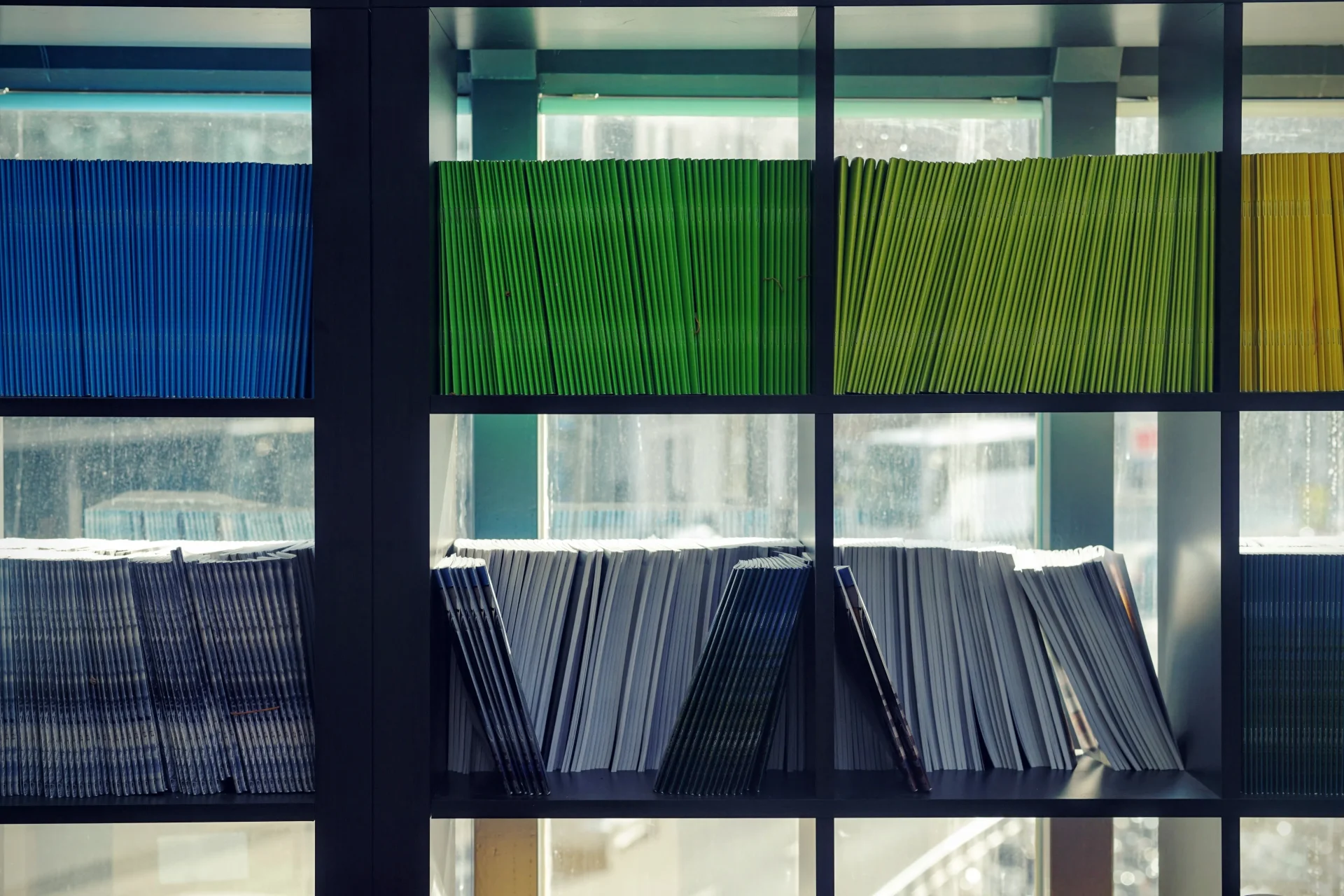
How Booklet Printing Works: A Step-by-Step Guide
November 22, 2023
Booklets are versatile and effective tools used for a variety of purposes, from marketing and educational materials to event programs and catalogs. In New York City, booklets can be found almost everywhere you look. Their compact size and organized layout make them popular for presenting information in an accessible and appealing manner.
In this guide, we will walk you through the step-by-step process of booklet printing, covering everything from planning and design to distribution and marketing.
What is Booklet Printing?
Booklet printing involves the creation of a small, bound publication typically consisting of multiple pages. These pages are folded and bound together to create a booklet. The printing process ensures that the content is reproduced accurately and in a visually appealing manner. Booklets are widely used in business, education, marketing, and various other sectors due to their ability to convey information in a concise and engaging way.
Why Should You Use Bookles?
Booklets offer several advantages that make them a preferred choice for presenting information:
- Compact and Portable: Booklets are small and easy to carry, making them convenient for readers on the go.
- Structured Layout: The organized layout of a booklet allows for the systematic presentation of content, improving readability and comprehension.
- Cost-Effective: Printing booklets is cost-effective, especially in comparison to producing larger publications.
- Versatile Use: Booklets can be used for a range of purposes, from marketing and promotions to instructional guides and event programs.
Types of Booklets
Booklets come in various types, each suited to different needs and preferences:
- Saddle-Stitched Booklets: Folded sheets of paper are stapled together through the fold line. This is a common and cost-effective binding method.
- Perfect-Bound Booklets: Pages are glued together at the spine, creating a seamless and professional look. Perfect binding is ideal for larger booklets.
- Spiral-Bound Booklets: Pages are held together by a spiral or coil, allowing the booklet to lie flat when opened and making it easy to flip through the pages.
Choosing the right type of booklet is key for your project. If you aren’t sure which type of booklet is best for you, get in touch so we can help you with your booklet printing.
8 Steps to Printing a Booklet
1. Plan Your Booklet
Before diving into the design and printing process, it’s crucial to outline the purpose of your booklet, identify the target audience, and plan the content accordingly. Once you’ve determined your target audience, begin with a content outline to get a rough idea of how long your booklet should be.
2. Design a Cover
Design an eye-catching and informative cover that grabs the reader’s attention and conveys the essence of the booklet’s content. You should also consider what information will live on the back cover of the booklet. If you need inspiration, consider looking at some of the booklets we’ve printed in the past.
3. Layout and Format
Establish the layout and formatting of the booklet, including the arrangement of text, images, and other elements for each page. You also need to determine the dimensions and sizing of your booklet, the margins, and alignment.
4. Images, Graphics, and Fonts
How your booklet looks is as important as the information it conveys. Carefully select and incorporate images, graphics, and fonts that align with the theme and purpose of the booklet while ensuring visual appeal and readability.
5. Edit and Proofread
Thoroughly edit and proofread the content to eliminate errors and ensure that the information is accurate, clear, and engaging. Double check that you’ve remained consistent with phrasing and word choice throughout your booklet’s text.
6. Choose a Printing Method
Select an appropriate printing method based on your budget, quantity, and desired quality. Common methods include digital and offset printing.
- Digital Printing is ideal for short print runs, digital printing offers a quick turnaround, cost-efficiency, and the ability to personalize each copy.
- Offset Printing is best suited for larger quantities, offset printing provides high-quality, consistent results and allows for a wider range of paper and finishing options.
7. Printing and Finishing Techniques
Print the booklet according to the chosen method and finish it by binding, cutting, folding, and any other necessary processes to create a polished final product. Remember, this is the step where you’re creating the final product, so you want to make sure the printing and finishing is perfect!
8. Quality Control and Proofing
Conduct quality checks to ensure that the final printed booklet meets your expectations in terms of color accuracy, layout, and overall print quality. Make sure to look for color accuracy and overall quality.
Once you’ve given the booklets your seal of approval, they’re ready for distribution!
Bestype Can Handle Your Booklet Printing
Booklet printing is a dynamic and efficient way to disseminate information in a concise and visually appealing format. By carefully planning, designing, and executing the printing process, you can create booklets that effectively convey your message and captivate your target audience. The process requires quality, something that we at Bestype guarantee with every print job. Contact us today to learn more about how we can help with your booklet printing needs.